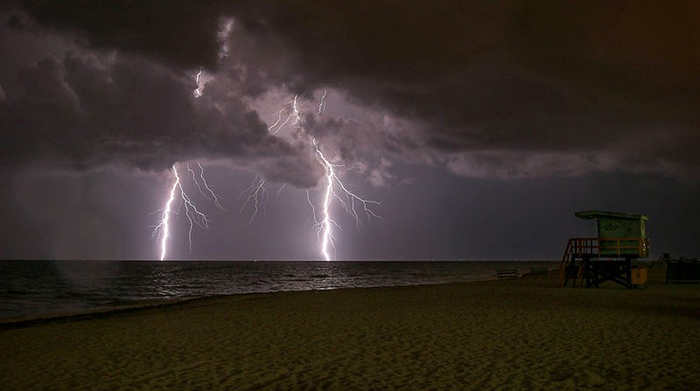Using Climatology for Emergency Planning

Image courtesy of Jussi Ollila under Attribution 2.0 Generic Deed, resized to 700 x 391 pixels.
Thanks to the growing frequency and severity of extreme weather events, electric utilities are increasingly turning to climatology to inform their emergency planning strategies. Understanding weather patterns, climate trends, and potential future scenarios is crucial for ensuring resilient infrastructure and maintaining reliable service.
How Climatology Can Support Electric Utility Emergency Planning
Climatology has at least 5 benefits as it relates to utility emergency preparedness.
For one, the ability to analyze historical weather patterns to identify trends in extreme weather events helps utilities anticipate future risks for proactive mitigation. In other words, it can help prioritize infrastructure improvements by identifying the most vulnerable areas.
Second, the advanced modeling techniques utilized by climatologists can project potential future climate scenarios, allowing utilities to prepare for various outcomes. Utilities can conduct impact assessments based on different models that consider multiple variables like temperature, precipitation, and wind patterns, to facilitate informed decisions about resource allocation and emergency response plans.
Third, climatology provides utilities with the tools needed to assess infrastructure resilience. By evaluating how existing systems have performed during past events, utilities can identify vulnerabilities and areas that require upgrading. For example, substations that are prone to coastal flood risks could be reinforced or even relocated.
Fourth, climatology can enhance the integration of emergency response plans by mapping out likely scenarios based on weather predictions. By understanding how different weather events can disrupt service, utilities can establish contingency plans that ensure rapid response. This includes coordinating with local emergency management agencies and outlining communication strategies for keeping customers informed during emergencies.
And finally, climatology allows personnel to keep updated on climate forecasts and emerging trends, which helps plans and employees adapt and evolve over time. Utilizing climate science in ongoing assessments ensures that the plans remain relevant and effective.
In the final analysis, incorporating climatology into emergency planning not only enhances the preparedness and resilience of electric utilities, but also fosters stronger, more dependable service for communities.



